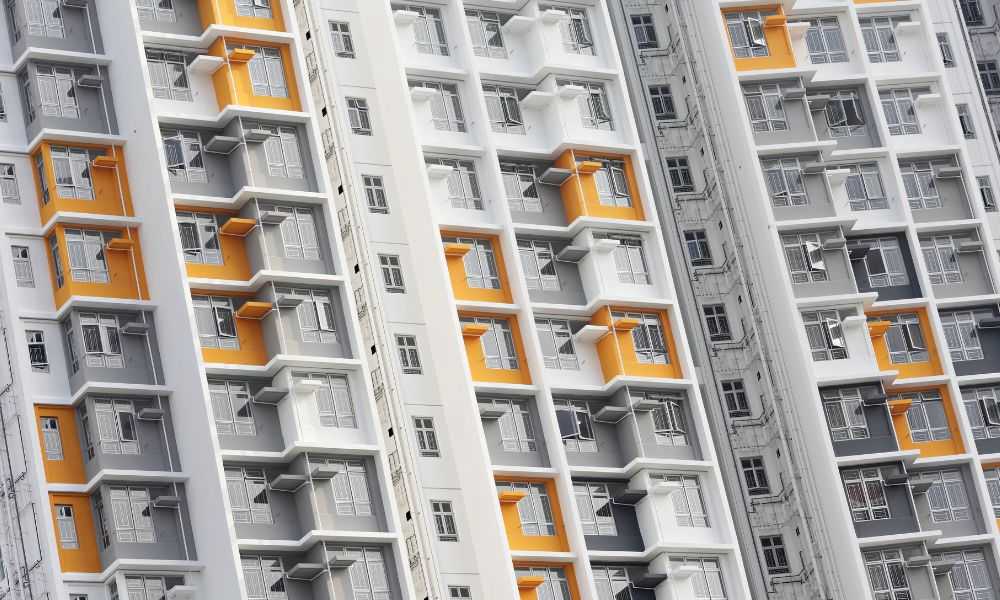Reimagining Urban Spaces: The Rise of Micro-Apartments in High-Density Cities
As urban populations soar and housing costs skyrocket, a new trend is reshaping the real estate landscape in high-density cities: micro-apartments. These compact living spaces, typically under 400 square feet, are challenging traditional notions of urban housing and offering innovative solutions to the affordable housing crisis. With 68% of the world's population projected to live in urban areas by 2050, micro-apartments are becoming a crucial piece of the real estate puzzle.

In the early 2000s, cities like New York and San Francisco began experimenting with micro-unit developments. Initially met with skepticism, these projects have since gained traction as viable solutions to urban housing shortages. Today, micro-apartments are appearing in major cities worldwide, from London to Sydney, catering to young professionals, students, and even small families seeking affordable urban living options.
The Economics of Tiny Spaces
The financial appeal of micro-apartments is twofold. For tenants, they offer an entry point into desirable urban neighborhoods at a fraction of the cost of traditional apartments. In cities like Seattle, where the average one-bedroom apartment rent hovers around $2,000, micro-units can be found for as low as $800-$1,200 per month. This affordability factor is crucial in cities grappling with housing crises and widening income gaps.
For developers and investors, micro-apartments present an opportunity to maximize returns on high-value urban land. By increasing the number of units per building, developers can potentially generate higher overall rental income. However, this comes with its own set of challenges, including higher construction costs per square foot and the need for innovative design solutions to make small spaces livable and attractive.
Design Innovations in Micro-Living
The success of micro-apartments hinges on intelligent design. Architects and interior designers are pushing the boundaries of spatial efficiency, creating multi-functional spaces that feel larger than their square footage suggests. Key innovations include:
-
Transformable furniture: Murphy beds that convert into desks or dining tables, and modular storage systems that adapt to changing needs.
-
High ceilings and large windows: Creating a sense of openness and bringing in natural light to combat claustrophobia.
-
Smart home technology: Automated systems for lighting, temperature control, and entertainment that enhance living experience without taking up physical space.
-
Shared amenities: Rooftop gardens, co-working spaces, and communal kitchens that extend living space beyond individual units.
These design elements not only make micro-living more palatable but also contribute to a more sustainable urban lifestyle, aligning with the growing demand for eco-friendly housing options.
Regulatory Challenges and Zoning Battles
The proliferation of micro-apartments has not been without controversy. In many cities, these developments face regulatory hurdles and community opposition. Concerns range from fears of overcrowding and strain on local infrastructure to worries about the long-term impact on neighborhood character.
Zoning laws in many municipalities set minimum size requirements for residential units, often making micro-apartments non-compliant. Cities like New York have had to create special zoning exceptions to allow for micro-unit developments. In San Francisco, a heated debate over the city’s minimum unit size led to a compromise: micro-apartments are allowed, but with a cap on the total number that can be built.
As the micro-apartment trend gains momentum, more cities are revisiting their zoning codes and building regulations. This regulatory evolution is crucial for the future of urban housing, as it sets the stage for more diverse and flexible living options.
The Social Impact of Micro-Living
Beyond the physical and economic aspects, micro-apartments are reshaping urban social dynamics. Critics argue that these tiny spaces could lead to isolation and negatively impact mental health. However, proponents point to the community-building potential of well-designed micro-apartment complexes.
Many developments incorporate extensive common areas, fostering interaction among residents. From shared kitchens to co-working spaces, these communal areas encourage a more social living experience. This aspect is particularly appealing to millennials and Gen Z, who often prioritize experiences and community over square footage.
Moreover, micro-apartments can play a role in urban revitalization. By providing affordable housing options in city centers, they can help maintain diverse, vibrant neighborhoods that might otherwise succumb to gentrification and displacement of long-time residents.
The Future of Urban Housing
As cities continue to grapple with housing affordability and sustainability, micro-apartments are likely to become an increasingly important part of the urban real estate landscape. The trend is already evolving, with some developers exploring “micro-suites” – slightly larger units that cater to couples or small families.
The success of micro-apartments will depend on a delicate balance of factors: innovative design, thoughtful urban planning, supportive regulations, and changing cultural attitudes towards space and ownership. As this housing model matures, we can expect to see more sophisticated developments that seamlessly integrate with existing urban fabrics and cater to a wider range of demographics.
In conclusion, micro-apartments represent more than just a housing trend; they’re a reimagining of urban living for the 21st century. As cities evolve to meet the challenges of population growth, climate change, and economic inequality, these tiny spaces may well hold the key to creating more inclusive, sustainable, and vibrant urban communities.





